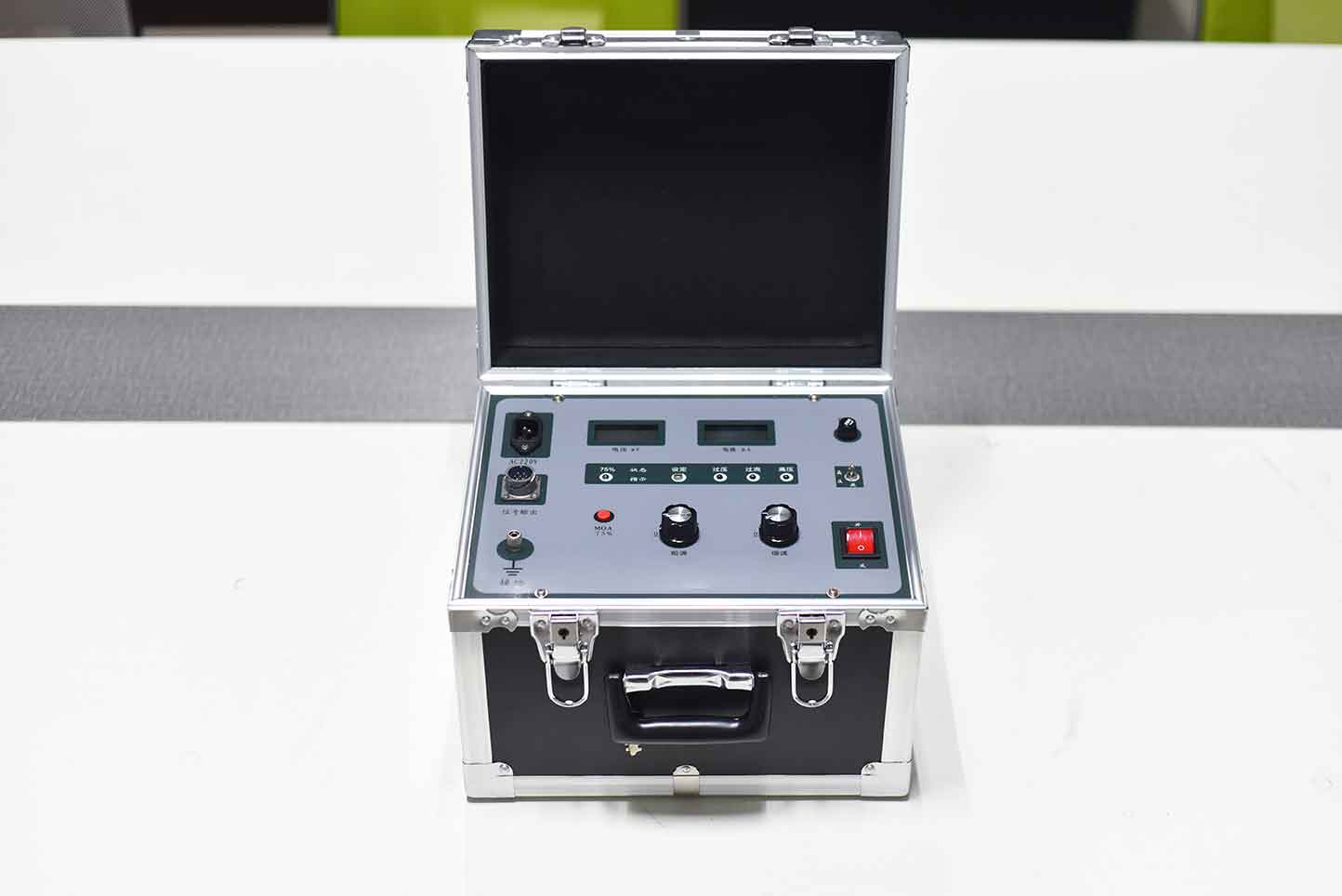The technical specifications of the DC power supply for the DC high-voltage generator can be divided into two categories: one is the characteristic specifications, which reflect the inherent characteristics of the DC stabilized power supply, such as input voltage, output voltage, output current, and output voltage regulation range; Another type is quality indicators, which reflect the advantages and disadvantages of DC regulated power sources, including stability, equivalent internal resistance (output resistance), ripple voltage, and temperature coefficient. Here are four requirements for DC power supply technical indicators:

1. The DC high-voltage generator has good stability
When the input voltage usr (rectified and filtered output voltage) changes within the specified range, the change in output voltage USC should be minimal.
The degree to which the output voltage changes due to changes in input voltage is referred to as a stability index. It is commonly represented by the stability coefficient s, which reflects the ability of a stabilized power supply to overcome changes in input voltage. Under the same input voltage variation conditions, the smaller the s, the smaller the change in output voltage, and the higher the stability of the power supply.
2. Low output resistance
When the load changes (from no load to full load), the output voltage USC should remain basically unchanged. The performance of a regulated power supply can be characterized by output resistance.
The output resistance (also known as equivalent internal resistance) is represented by rn, which is equal to the ratio of the change in output voltage to the change in load current.
3. Low voltage and temperature coefficient of DC high-voltage generator
When the ambient temperature changes, it will cause a drift in the output voltage. A good regulated power supply should effectively suppress the drift of output voltage and maintain stable output voltage when the ambient temperature changes. The drift of output voltage is represented by the temperature coefficient kt.
4. Small output voltage ripple
The so-called ripple voltage refers to the AC component of the output voltage at 50 Hz or 100 Hz, usually expressed as the effective value or peak value. After stabilizing the voltage, the ripple voltage after rectification and filtering can be greatly reduced, and the reduction is inversely proportional to the stabilizing coefficient s.
① Voltage regulation rate
The voltage regulation rate is an important indicator that characterizes the stability performance of a DC stabilized power supply, also known as the stability coefficient or stability coefficient. It represents the degree of stability of the output voltage vo of the DC stabilized power supply when the input voltage vi changes, usually expressed as a percentage of the relative change in input and output voltage per unit output voltage.
② Current adjustment rate of DC high-voltage generator
The current regulation rate is a major self indicator that reflects the load capacity of a DC stabilized power supply, also known as the current stability coefficient. It characterizes the ability of a DC stabilized power supply to suppress fluctuations in output voltage caused by changes in load current (output current) when the input voltage remains constant. Under specified load current changes, the current adjustment rate of a DC stabilized power supply is usually expressed as a percentage of the output voltage change value per unit output voltage.
③ Ripple suppression ratio of DC high-voltage generator
The ripple suppression ratio reflects the ability of a DC stabilized power supply to suppress the introduced mains voltage at the input end. When the input and output DC stabilized power supply components of the DC stabilized power supply remain unchanged, the ripple suppression ratio is often expressed as the ratio of input ripple voltage peak to peak and output ripple voltage peak to peak, usually expressed in decibels, but sometimes it can also be expressed as a percentage or directly expressed as the ratio of the two.
④ Temperature stability
The temperature stability of the integrated DC stabilized power supply is within the specified range of large changes in the operating temperature ti of the DC stabilized power supply (tmin ≤ ti ≤ tmax)

ZC-540C DC high voltage generator adopts high frequency pulse width modulation (PWM) technology to make closed adjustment with high voltage stability, small ripple factor and fast reliable protection circuit. The wide temperature LCD screen adopts green back light, which enables clear display either in bright light or in darkness. High-pressure components use Dupont new filling material, making the product more stable and reliable. Products are widely used in electricity power supply departments, power transmission and transformation engineering company and preventive test of large industrial enterprises and scientific research institutes as regulated dc high voltage power supply.
Kvtester Electronics Technology Co.,Ltd. is a high-tech enterprise specializing in power testing, testing, research and development, production, and sales of testing equipment. It has been engaged in the electrical testing industry for many years, and its products are of high quality. We welcome customers to come and purchase.






